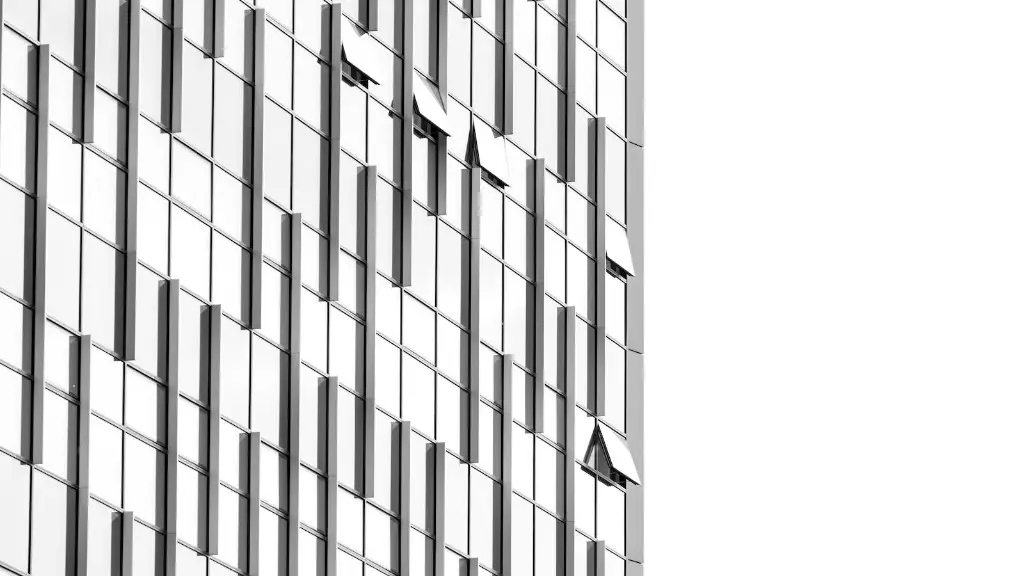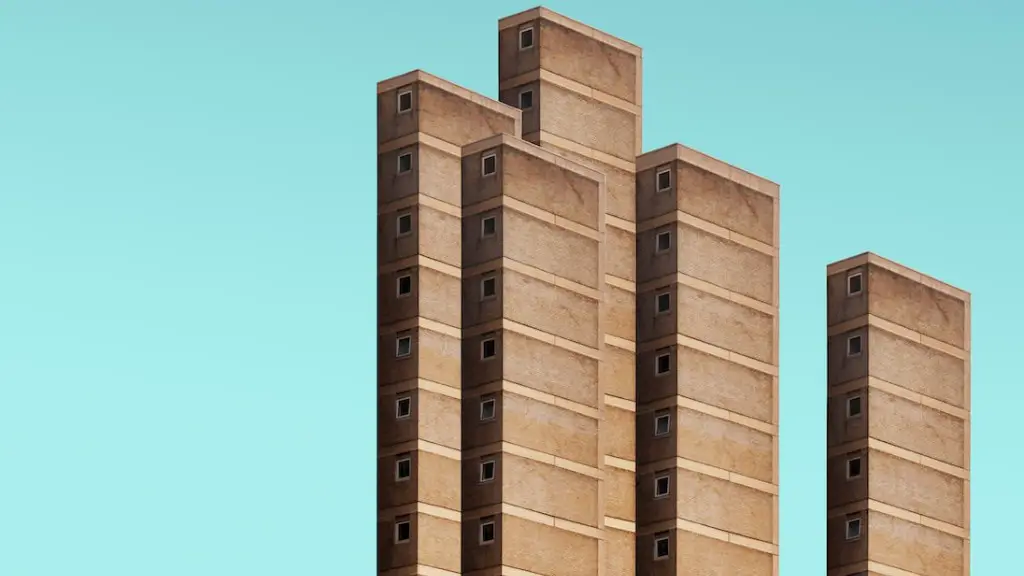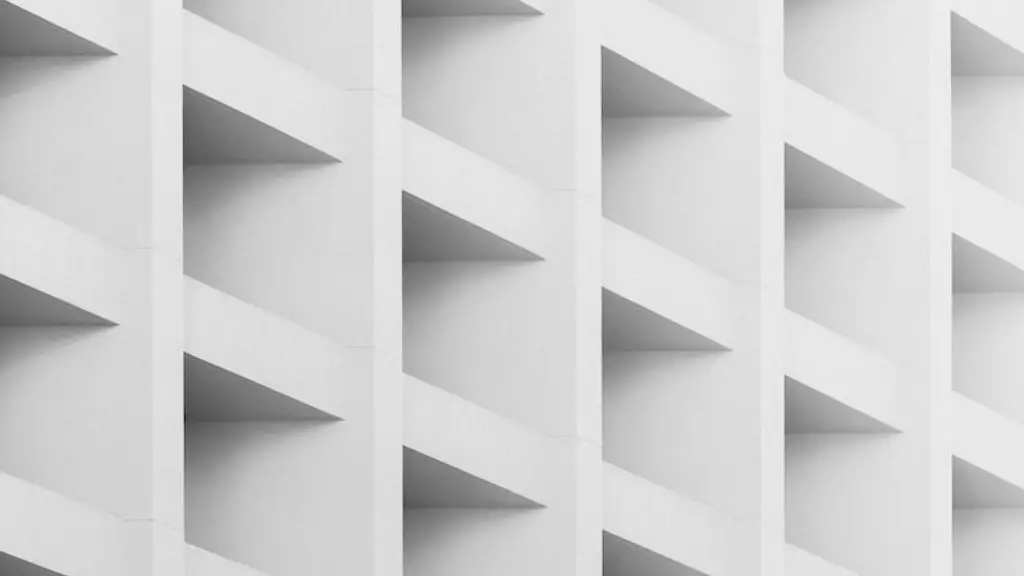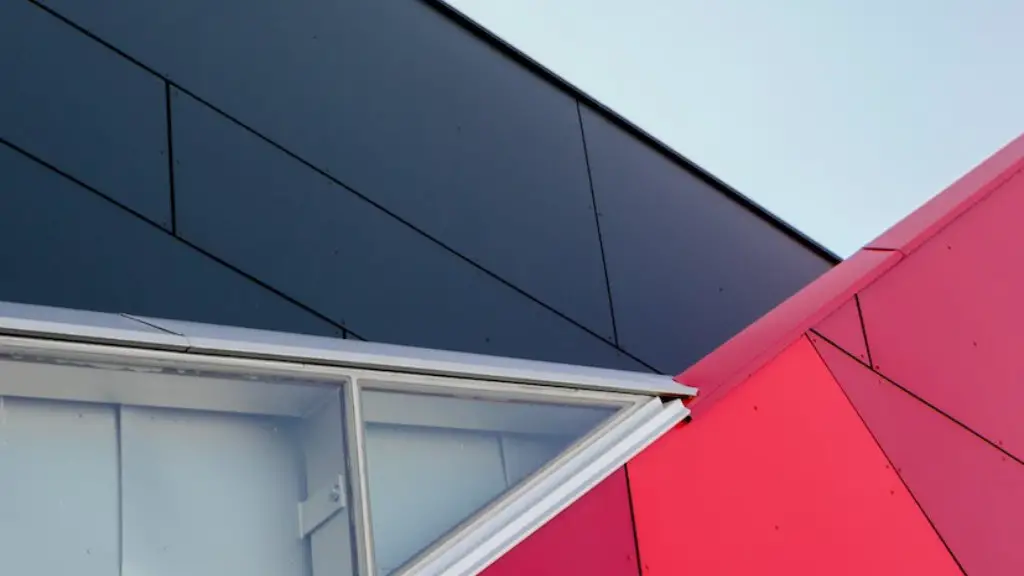Color takes an integral part in the art of architecture. It is often the first thing that grabs a person’s attention. It is used to glamorize the building’s curves and shapes and give it a unique identity. Color not only adds visual appeal to a building but is also used to make a statement in terms of its function and style. As one of the most influential elements of architecture, color can set a whole mood and express the architect’s personality.
Color has a powerful effect on the human psyche. Different colors have the ability to evoke different emotions, alter perceptions and improve well-being. Color in architecture can be used to affect a person’s mood, encourage innovation and add to the overall aesthetic appeal of a building. In this way, colors can be used to express certain ideas and feelings.
Architects have long used colors to define a space. In this way, colors can be used to distinguish between public and private areas or to emphasize features of a building. By using natural colors or earth tones, an architect can create a sense of harmony. Colors can also be used to highlight grand steps, sloping walls and other architectural elements.
Color has the power to inspire creativity and imagination. Architects can use it to create illusions, to make a space feel larger or smaller, or to emphasize certain elements. Bright colors can add vibrancy and draw attention to the building whereas neutral colors can be used to create a sense of peace and serenity.
Light also plays an important role when it comes to color in architecture. The right colors and the right light can have a huge impact on how a building looks and feels. Natural light can be used to bring out the vibrancy of colors in the building and to create a more inviting environment. The time of day also affects how colors appear.
In short, color is one of the most important elements of architecture. Beyond its aesthetic qualities, color has the ability to evoke emotion, set the mood and express ideas. Architects must carefully consider the use of color in their designs in order to create a powerful and lasting impression.
Use of Color in Modern Architecture
In modern architecture, the use of color has become even more important. Architects are pushing the boundaries of color to create vibrant, eye-catching designs. Bright colors and bold patterns are being used to create unique and expressive structures. Epic high-rises, arching bridges and colorful public spaces have become the norm in cities around the world.
The industrial revolution gave rise to brightly-colored cities made up of steel and brick. Architects have embraced this style and used colors to add vibrancy to already-dynamic cities. Similarly, in residential architecture, colors are being used to make homes stand out and express the personalities of their inhabitants.
Colors can also be used to set apart certain parts of the building. This technique is often used in hospitals and schools where certain colors are used to indicate certain areas. For example, green is often used to mark medical areas, blue for bathrooms and red for emergency exits.
Overall, colors are an integral part of modern architecture. Architects must be aware of the visual impact of colors and take them into account when designing buildings. By using colors smartly, architects can create unique and inspiring structures that stand out from the rest.
The Relationship Between Color and Culture in Architecture
The use of color in architecture is also closely linked to culture. Different cultures have different color preferences that are heavily influenced by local tradition and beliefs. In Islamic architecture, for example, the use of bright colors is very common. This is due to the fact that bright colors have been traditionally used in mosques and other religious buildings.
The use of color in residential architecture also varies according to culture. In traditional Chinese architecture, for example, the use of bold colors is common as they are believed to ward off evil spirits. In Europe, however, neutral colors are often used in order to create a sense of serenity and peace.
By taking cultural preferences into account, architects can create designs that are rooted in tradition and embrace local cultures. With the right colors and the right balance, architects can create structures that are both contemporary and timeless.
At the same time, architects must be aware of potential cultural clashes when using colors in architecture. Overuse of certain colors or the wrong combination of colors can cause offense and lead to serious cultural clashes.
In conclusion, color is an intrinsic part of architecture and is heavily influenced by culture. Architects must be aware of cultural preferences when it comes to color and take them into account when designing buildings. By carefully balancing colors and taking into account local culture, architects can create structures that are both aesthetically pleasing and culturally-sensitive.
How Color Affects Perception of Space
The use of color in architecture can also affect how a person perceives a space. For example, warm colors such as red, orange and yellow can make a room appear smaller, whereas cool colors such as blue, green and gray can create a feeling of spaciousness and openness.
Colors can also be used to create different effects such as intimacy and cozyness. Dark colors such as blues, purples and blacks can be used to make a room feel more intimate as they absorb and reflect light. Similarly, bright colors such as yellows, oranges and reds can be used to energize a space and make it more inviting.
Colors can also be used to direct a person’s gaze. In this way, an architect can use color to draw attention to certain parts of a building. By using a bright color or an interesting pattern, an architect can focus a person’s attention on a specific element of the building.
Ultimately, color is a powerful tool that architects can wield in order to influence the way people perceive a space. By carefully considering the use of color in a building, an architect can achieve the desired effect and create a great environment for people to enjoy.
The use of Color in Sustainable Architecture
Colors can also be used to make a building more sustainable. Architects can choose colors that are made from sustainable materials such as recycled glass and plastic or low-VOC paints. This helps to reduce a building’s environmental footprint and makes it more eco-friendly.
Colors can also be used to help a building retain heat and prevent energy loss. Dark colors such as black, blue and brown absorb sunlight and help to keep a building warm during the winter months. In this way, colors can be used to reduce energy consumption and help create a more sustainable environment.
The use of colors can also help reduce light pollution. Architects can choose colors that reflect light, instead of absorbing it, to reduce the amount of light that is wasted. In this way, colors can be used to create a more efficient and sustainable building.
In summation, the use of color in architecture can help create a more sustainable built environment. Architects must take into account the environmental impact of their color choices and choose materials and colors that are more eco-friendly. By doing so, architects can help reduce the environmental footprint of their buildings and create structures that are better for the planet.
Conclusion
In conclusion, color is an integral part of architecture and has the power to affect a person’s mood, evoke emotion and set the tone of a building. Architect must carefully consider the use of color in architecture and take into account preferences and cultural cues when designing buildings. By doing so, architects can create visually-appealing and culturally-sensitive spaces that will stand the test of time.





